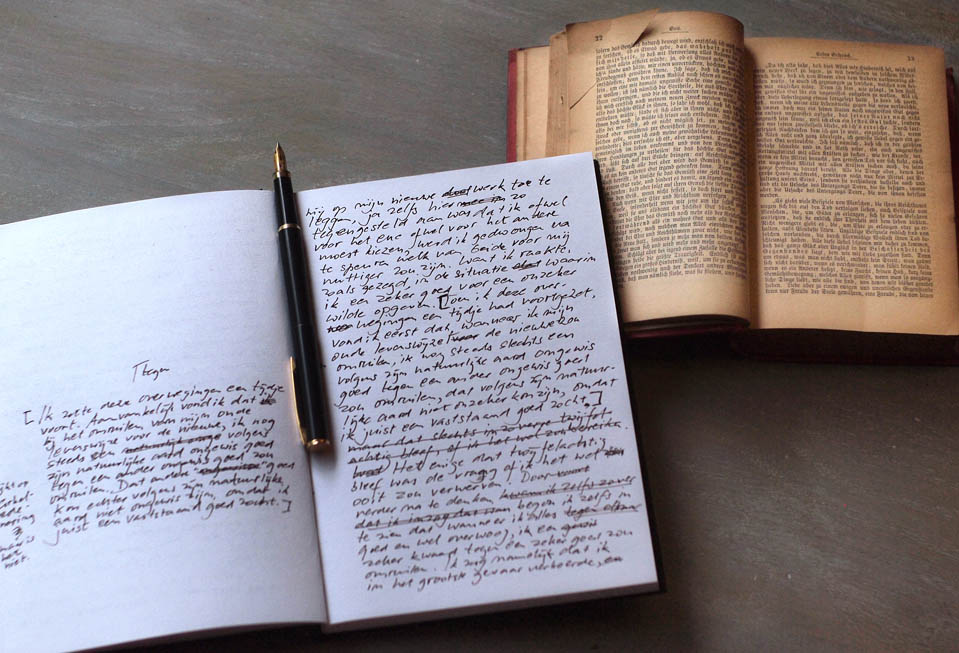Before ordering a translation of a scientific and technical text, you should definitely prepare it for this. This is always justified, since it allows you to save time that a specialist of a translation agency has to spend on working with text, to get the option that best suits your expectations, and also to spend less money on paying for the corresponding services.
Stages of preparing a publication for translation
Experts recommend the following techniques that should be used at this stage:

highlighting specific terms and thoroughly explaining them to the translator (this will avoid inaccuracies and further disputes on their elimination;
ensuring lexical uniformity of terms throughout the document (often the same words can be used with different meanings, which can also lead to poor quality work);
exclusion of ambiguities and streamlined expressions from the text (which will help the performer adhere to a specific topic of work);
use of a glossary of terms and abbreviations found in the publication;
use of direct word order;
building syntactic structures in the form of simple sentences (it is better to write 2-3 simple sentences than one complex subordinate one);
exclusion of slang words and expressions (which, most likely, will turn out to be unfamiliar to the specialists completing the order);
the most competent writing of the text in the native language, since errors in grammar and punctuation can impair the understanding of the document and the quality of the work;
the same design of the publication (in the future, this will help to carry out data reconciliation faster and easier).
After the specified activities have been completed, you can order the translation of documents. It should be remembered that the highest quality result is hardly possible without detailed consultation with the customer. You need to be ready to interact with the translator, since this is the most reliable way to quickly clarify incomprehensible points and eliminate potential errors.
Before ordering a translation of a scientific and technical text, you should definitely prepare it for this. This is always justified, since it allows you to save time that a specialist of a translation agency has to spend on working with text, to get the option that best suits your expectations, and also to spend less money on paying for the corresponding services.
Stages of preparing a publication for translation
Experts recommend the following techniques that should be used at this stage:
highlighting specific terms and thoroughly explaining them to the translator (this will avoid inaccuracies and further disputes on their elimination;
ensuring lexical uniformity of terms throughout the document (often the same words can be used with different meanings, which can also lead to poor quality work);
exclusion of ambiguities and streamlined expressions from the text (which will help the performer adhere to a specific topic of work);
use of a glossary of terms and abbreviations found in the publication;
use of direct word order;
building syntactic structures in the form of simple sentences (it is better to write 2-3 simple sentences than one complex subordinate one);
exclusion of slang words and expressions (which, most likely, will turn out to be unfamiliar to the specialists completing the order);
the most competent writing of the text in the native language, since errors in grammar and punctuation can impair the understanding of the document and the quality of the work;
the same design of the publication (in the future, this will help to carry out data reconciliation faster and easier).
After the specified activities have been completed, you can order the translation of documents. It should be remembered that the highest quality result is hardly possible without detailed consultation with the customer. You need to be ready to interact with the translator, since this is the most reliable way to quickly clarify incomprehensible points and eliminate potential errors.

